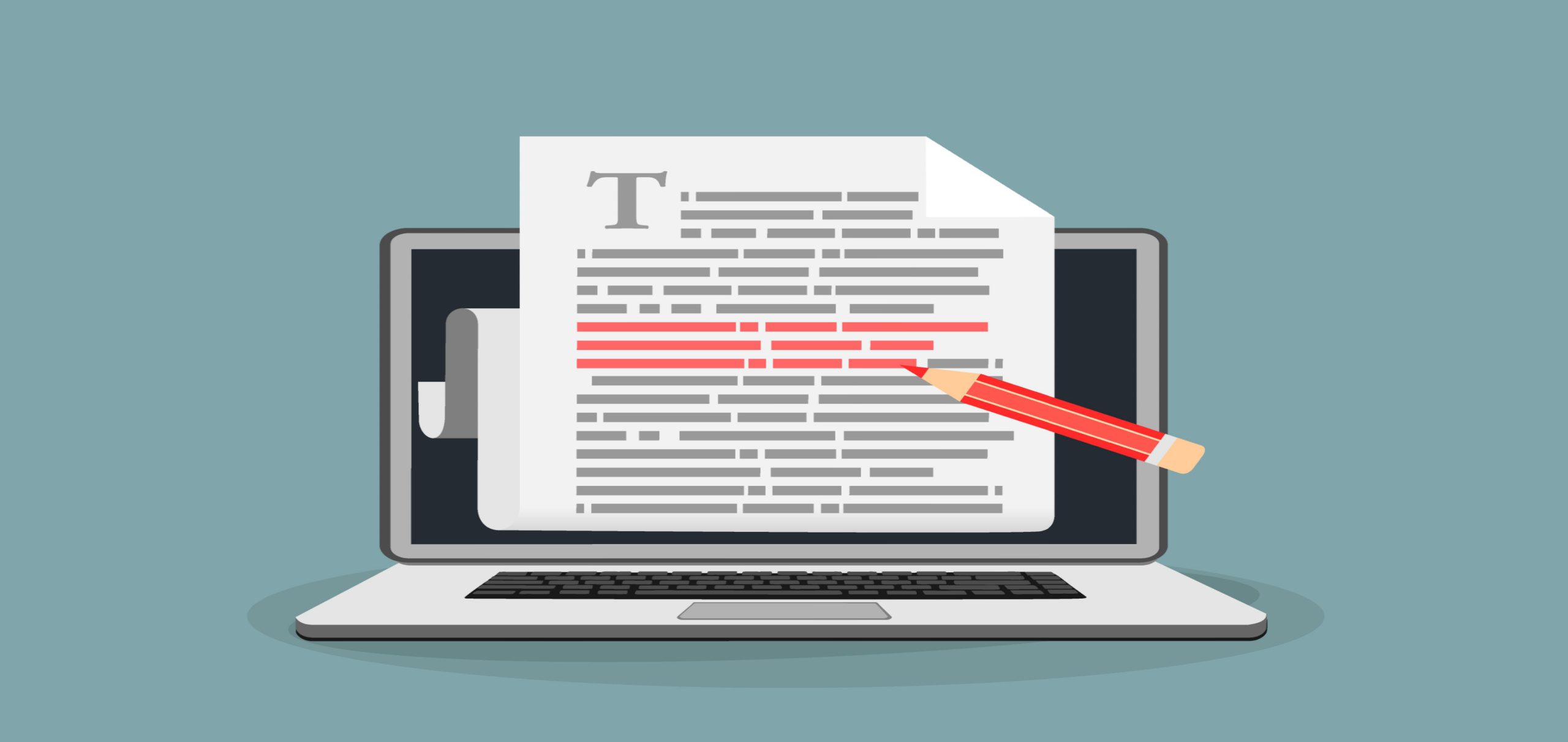
Reports and Essays are forms of academic writing that may seem similar at face value. However, when we look at them closer, we can see many differences. Moreover, each one serves a different writing purpose. So, it is important to know the difference between them. This blog post will look into all the differences between Reports vs Essay. Furthermore, we will also look at their purposes and structures. Also, we will be checking out each format’s content and style. Finally, we will look at when you should use each format.

Report vs Essay: What is the Purpose and Target Audience?
Before we get into the specifics, look at the purposes and target audiences of reports and essays. Thus helping us understand the core difference between a report and an essay.
Before diving too deep, let’s look at the surface. Namely, what are the target audiences and purposes of reports and essays?
Purpose of Reports:
Reports are academic documents that show findings on specific topics. Therefore, they present the results of an analysis or research. Their main goal is to inform and, on occasion, to persuade. Moreover, they may also compare various options to provide a researched recommendation to their audience. Furthermore, reports often show up in a professional context without emotional bias.
Purpose of Essays:
On the other hand, there are Essays. Essays are broader in nature. Namely, they present different arguments and ideas. Therefore, they are used to analyse broad ideas and information. Moreover, essays often challenge readers to think critically. Furthermore, essays heavily rely on personal opinions and biases. Therefore, they are the perfect medium to express ideas and engage readers with them.
Target Audience for Report vs Essay:
The target audience of reports is people looking to make a decision or analysis. Namely, stakeholders, consumers, or researchers. So, reports are targeted at those who need accurate and clear information. However, essays have a broader target audience. Essays can target educators, peers, or even the general public. So, they are aimed at whoever the writer wants to target, there is no specific limit.
Report vs Essay: Differences in Structure
To start the comparison, let’s look at how essays are written and how reports are written. In turn, we can compare how they differ in style and structure.
Report Structure:
Reports maintain a structured and clear format. So, they will mostly have a title page, abstract, introduction, methodology, findings, conclusions, recommendations, and references at the end. Therefore, they follow a logical path when showing data. Moreover, reports are also structured to make the reader understand and follow the research process and perspective.
Essay Structure:
In contrast, essays are a lot more flexible and unexpected. The structures of essays can vary wildly. However, there is a common trend of a starting introduction, body paragraphs in between, and finally, a conclusion. Moreover, there is no set limit to how little or how many paragraphs an essay can have. So, some essays may have a few long paragraphs, while others have many short ones. Furthermore, citations and references are less highlighted and only used when necessary.
Both reports and essays usually have supporting evidence and analysis. These help add validity to the author’s claims.
Report vs Essay: Exploring the Content and Focus
Now, let’s look at the content and focus on the differences between reports vs essays. Hence, understanding the approaches writers take within these two forms of writing.
Content in Reports:
Reports focus on showing data, research and analysis. Moreover, they rely on facts, trends, and graphs to support their conclusion. The content used in reports is objective and factual. Therefore, the content always informs and gives a clear overview of the topic.
Content in Essays:
Essay content is more ‘provocative’ in nature. Their goal is to inspire, explore, or express ideas. Moreover, essays often include personal opinions rather than factual data. Furthermore, essays dive into historical context and case studies to support their claims rather than research.
Focus in Reports:
The focus of reports is to give an objective and clear overview of said topic. Therefore, reports present information neutrally, without bias. They are used to inform and showcase. Thus, they allow readers to take in the information and draw their own personal conclusions from the evidence.
Focus in Essays:
Essays, however, have a much more biased approach. Hence, they encourage writers with more emotional and expressive writing. The focus of essays is usually to explore ideas and viewpoints. So, essays often engage existing writing and challenge common ideas. Thus inviting readers to consider the author’s ideals and think about them more deeply.
Report vs Essay: Differences in Writing Style and Tone

Moving forward, we will look at the writing styles that are different in reports and essays. Also, we will be diving into the details of language and expression within each.
Writing Style in Reports:
Reports follow a formal and clear writing style. So, they use technical and straightforward language. Thus ensuring information is communicated with clarity and precision. Moreover, there is a preference for passive voice in reports, which helps maintain an impersonal tone.
Writing Style in Essays:
Essays have a formal to semi-formal style. Furthermore, they use analytical and persuasive language. So, writers carefully choose words and use language devices to make their arguments more convincing. Additionally, essays are written using the active voice. Thus, it allows writers to express their ideas in a personal and direct way.
Tone Differences in Report vs Essay:
The tone in reports remains neutral and free of personal opinions or emotions. The focus is on providing information without influencing the reader’s judgment. Conversely, essays have an emotional and persuasive tone. Thus affecting the reader’s judgement and making it more likely for them to agree with the author.
When should You use each?
It may sometimes be confusing when to use essays and when to use reports. So, in this part, we will discuss where each form is suitable. Therefore helping your writing fit better.
Situations Where Reports are Preferred:
Reports are a means to show the results of a research or analysis. So, they are ideal for researchers or reporters to put their findings in. For example, scientists might use reports to detail their new experiments. Therefore, reports are perfect for situations where details are preferred over creativity or emotional values.
Situations Where Essays are Preferred:
Essays are suited to writings where the author wants to express their creativity or share a message. So, they are usually opinionated writing, such as literal art or philosophy. Moreover, essays are great ways to debate social or economic issues. Furthermore, essays are often emotional and engaging to the reader. Therefore, they are also a way to express personal opinions and ideas.
Choosing the Appropriate Format:
Choosing between the two is as simple as asking the purpose of the writing. Is it to inform professionals, decision-makers, or experts? If so, a report would be perfect due to its structured and straight-to-the-point nature. However, if the purpose is to spark a thought or to express creativity, then an essay is perfect. Essays allow for more creative freedom and emotional writing. Thus making them great for exploratory and engaging writing.
Conclusion
To conclude, reports are professional writings that detail and inform. Hence, this makes them perfect for academic topics and professional contexts. In contrast, essays are more personalised and free. Thus making them great for expressing ideas and opinions. In the end, it is about knowing when and how to use each of the writing methods to their best effect. So, keep this in mind for the next time you plan on creating a work of literature. Happy writing!

0 responses on "A Clear and Complete Comparison of Report vs Essay"